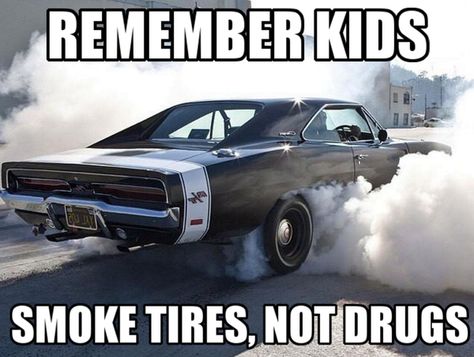9 Jul 2015
Gallery9
EVER since Henry Ford started power-sliding his 539-cube Sweepstakes racer in 1901, burnout smoke has been white. Always. But this changed a while ago when a couple of enterprising competitors rocked up to an event with expensive imported tyres that made coloured smoke, blowing everybody away.
MORE
Check out our Burnout videos
Enter Highway Tyres. They’re no strangers to the burnout scene, having supplied burnout maestro Steve Loader with his tyres of destructive choice for the past few years. And it was this relationship, combined with a competitor survey Highway conducted at the 2012 Ultimate Burnout Challenge (where more than 100 people expressed interest in buying coloured burnout tyres), that moved Highway to make these specialised tyres locally, giving birth to the Highway Max Coloured Smoke burnout tyre. Nowadays, the colour of a burnout competitor’s tyre smoke is as much a part of their signature as their machinery and array of tyre-frying tricks.
9
So what’s the secret behind coloured smoke? First, we need to explain why a regular tyre makes black smoke when you throw it onto a fire, yet produces white smoke when it’s flung around a doughnut pad.
For a tyre to ignite (ie burst into flame), it needs to be heated to at least 400 Celsius for some time. The physical act of burning the tyre not only releases the petroleum products used in its manufacture, it also releases a cocktail of toxic chemicals that includes benzene, lead, and even more esoteric toxins such as polycyclic aromatic hydrocarbons (PAHs) – all of which are extremely dangerous to breathe. It’s this concoction of burning oils and chemicals that creates the thick, dark cloud of smoke when a tyre combusts.
9
In a burnout, the tyre spins rapidly on the tarmac creating friction and so heat, though the temperatures reached are well short of what’s needed to ignite it. The heat created from the abrasive spinning action oxidises certain compounds within the rubber, which vaporise and are released as white smoke (the grey tinge often seen in burnout smoke is caused by fine rubber particles mixed in with the smoke).
MORE
Australia set to reclaim burnout world record at Summernats 32
The secret to creating coloured burnout smoke is to introduce particular compounds into the raw rubber that vaporise in a coloured plume at the temperatures created during a burnout. So what are these compounds? Well, Highway Tyres aren’t saying. Think of it as the tyre’s 11 secret herbs and spices.
9
As for how they’re made, Highway Tyres are Aussie remould specialists, and so their Coloured Smoke tyres are high-quality remoulds – which certainly helps keep costs down. To ensure they’re up to the brutality of a stout burnout, Highway specifically selects only the best carcases. The tread and sidewalls are buffed, removing just the right amount of material. A thin layer of fresh rubber is then applied to the sidewalls before the all-important, pre-coloured rubber is applied to the tread area. At this stage the tyre looks more like a slick.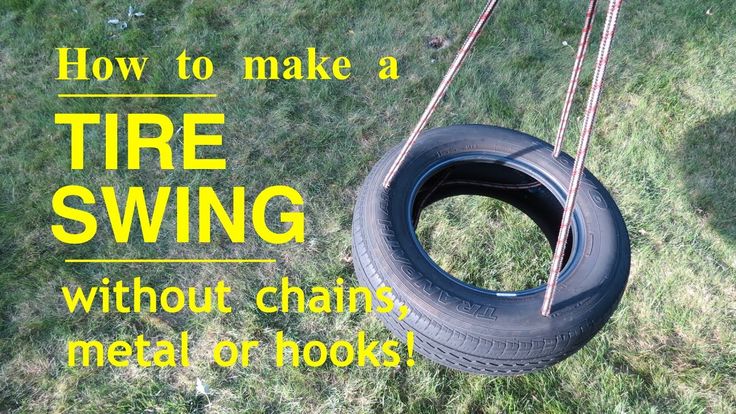 Also, the pre-coloured rubber looks identical to the non-coloured variety, so a coloured stripe is added to aid identification. From there the tyre goes into the segmented press where, over a period of 32 minutes at 155 Celsius, the tread pattern and sidewall are moulded.
Also, the pre-coloured rubber looks identical to the non-coloured variety, so a coloured stripe is added to aid identification. From there the tyre goes into the segmented press where, over a period of 32 minutes at 155 Celsius, the tread pattern and sidewall are moulded.
| Watch next: The best gender reveal burnouts - Video
After a final inspection, which includes inflating to 65psi and spinning it up to check balance, it’s ready to destroy the nearest burnout pad. As Karl from the warehouse says, “This is one of the few industries where all the hard work goes up in smoke – we love it!”
Highway Max Coloured Smoke remoulds are just as tough and long-lasting as their regular remoulds – an attribute Steve Loader has proved time and again. However, Highway do not wish to promote illegal street burnouts. Therefore their coloured tyres are for competition only.
To add colour to your next skid, contact the experts at Highway Tyres. They have outlets in every state.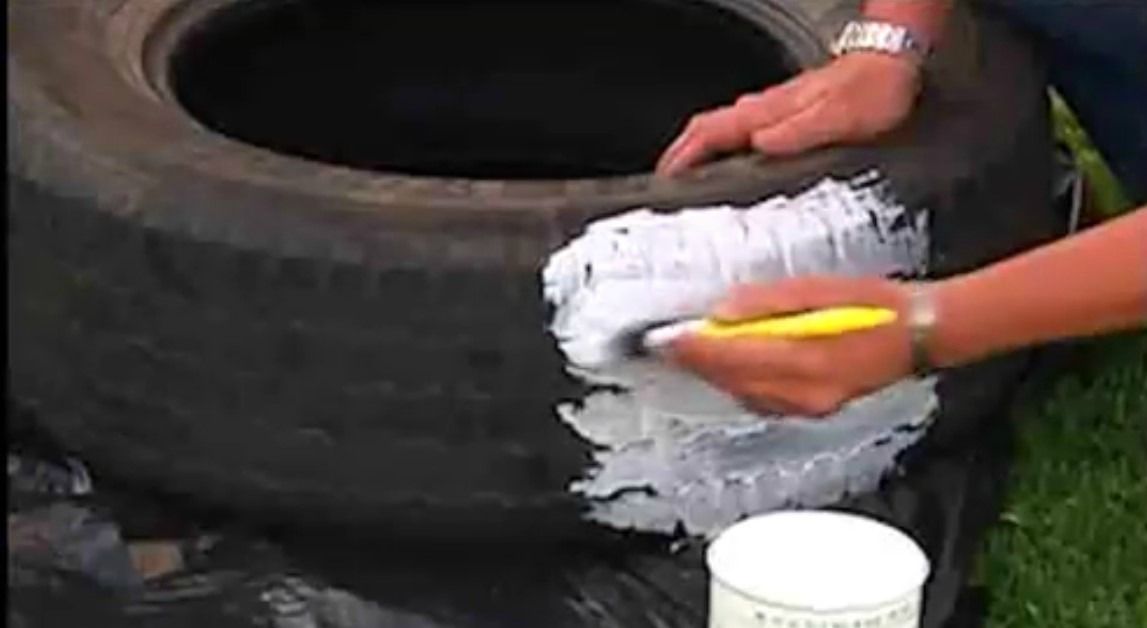 Go to www.highwaymax.com.au to find out where.
Go to www.highwaymax.com.au to find out where.
Craig Parker
Journalist
Simon Davidson
Photography
*This post may contain affiliate links. As an Amazon Associate we earn from qualifying purchases.
If you have owned an RC car for a while you might be thinking about wanting to do some burnouts with your old RC car tires before replacing them or maybe you just saw someone do it with their normal car and you wondered if it is possible to do with your RC vehicle.
Making your RC car tires smoke is actually a difficult process because the RC car just simply doesn’t have as much power as a normal car so getting the tires to smoke is incredibly difficult.
There are a few different ways that people have reported working to get their RC car tires to smoke. We will mention each of them next and then discuss them all later in the article.
Some possible ways to get your RC tires to smoke are:
Each of these methods will work with various degrees of success depending on which RC car that you own as well as the material that you are trying to smoke your tires on.
We will discuss each of the methods mentioned above next in more detail to help you decide which is best for you and your RC car.
It is important to remember that smoking the tires on your RC car will likely destroy your RC tires and could harm the motor and other electronics on your vehicle as well. The only method that won’t do any of these things would be the use of a smoke maker.
To see the most popular RC vehicles just click here.
A good RC car doesn’t have to cost a fortune. This 1/16 scale model is 4WD and can reach a top speed of almost 30 MPH!
With speeds like that and 4WD you can take this RC car almost anywhere!
Click Here To See The Current Price
Ok ok, I know that this sounds like I’m just making things up here but many people have reported using suntan lotion on their RC car tires to create smoke. The thicker the suntan lotion the better for this method and it certainly won’t work on all vehicles either.
Since suntan lotion is something that many people have lying around this is the first thing that I would try with your RC car.
For this method you can use straight oil or any oil based product as well. Many people have reported using transmission fluid as well as normal engine oil and were able to create a decent amount of smoke.
Part of the reason that this creates more visible smoke is because oil burns at a much darker color than the other materials mentioned in this article so if you are able to get your RC tires to smoke using oil then the smoke will be much darker and look more like a traditional burnout would.
Again this one might sound odd or made up but it actually isn’t. Many people have been able to do a burnout with their RC vehicle using bleach on a smooth concrete surface. Whether bleach will work for your RC car or one of the different materials will work better is something that you will have to test.
To see what an RC burnout looks like when you use the bleach method you can check out the video below.
" frameborder="0" allow="accelerometer; encrypted-media; gyroscope; picture-in-picture" allowfullscreen title="Mg3SBzF1s-k" loading="lazy" src="//www.youtube-nocookie.com/embed/Mg3SBzF1s-k?feature=oembed&controls=1&autoplay=1&enablejsapi=1&rel=1" >
So this isn’t a normal method and technically it isn’t the tires that are creating smoke but instead it is the smoke generator that makes the smoke to make it look like the car is doing a burnout even though it is not.
Smoke generators vary in how they work but in most cases you connect them to the motor/electronics of the RC car and then they create smoke using an oil based smoke liquid. You can find one of the available options on Amazon by clicking here. You can also find them at many local hobby shops or even online.
What the smoke will look like can be found in the video below.
" frameborder="0" allow="accelerometer; encrypted-media; gyroscope; picture-in-picture" allowfullscreen title="uYacGzcDi08" loading="lazy" src="//www.youtube-nocookie.com/embed/uYacGzcDi08?feature=oembed&controls=1&autoplay=1&enablejsapi=1&rel=1" >
Some people don’t like the way the smoke generator works but it will save your tires and motor so for most people this is actually the best option although the smoke isn’t truly made by your tires it can look like it.
So now that you know the different things that you can put on your tires to get them to actually smoke the next thing to understand is how exactly you can do a burnout with your RC car.
Unfortunately for most RC vehicles you can’t do a burnout like you would with a traditional car. For most RC cars you have to put the RC vehicle up against something solid to keep the vehicles from moving before you attempt to do a burnout.
As was shown in the first video, you can use heavy objects such as weights, blocks, etc. but you will want to make sure that they are big enough that your RC car or truck won’t hop over them while you are doing the burnout. Some people have said that they have used curbs in the past but the issue with that for most people is that all it takes is your RC car bouncing slightly and it will go from a burnout to flying over the curb.
Once you have something heavy that you can put your RC car up against then you will want to apply the material to the tires. Whether this is bleach, oil, suntan lotion, or something else that you are testing you will want to put it on all of the tires that will be moving. So if you have a 4WD vehicle then you will need to put the material on all four tires.
If you are doing a “burnout” using a smoke generator then having your RC car against something heavy or adding materials isn’t necessary since the smoke generator simply makes it look like you are doing a burnout.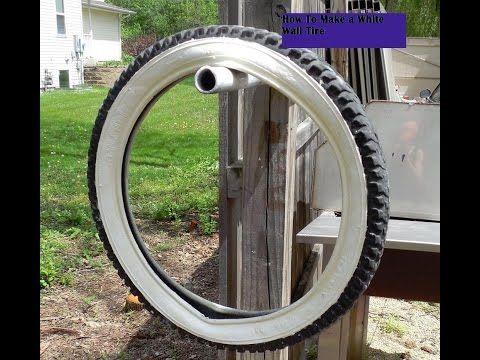 All you have to do in the case of a smoke generator is simply drive your RC car around quickly with the generator on and it will look like you are doing a burnout.
All you have to do in the case of a smoke generator is simply drive your RC car around quickly with the generator on and it will look like you are doing a burnout.
One word of caution, anytime you are adding any material or doing a burnout with your RC car you will seriously reduce the life of the tires and possibly damage the motor, battery, or other electronics. Only attempt to do a burnout with your RC car if you know what you are doing or are willing to take those risks.
Doing a burnout or smoking the tires on your RC car is much more difficult that doing so with a traditional car. This is because normal cars have brakes or parking brakes that you can leave engaged and they also have much more speed and power than an RC car will.
Smoking the tires on your RC car can be a lot of fun and look pretty cool (just like a burnout with a normal car) but for most people the best way to do it is to simply buy a smoke generator so you don’t risk damaging the tires or vehicle.
Burnout - slip, in professional slang, means warming up the rubber on a car standing still, that is, slipping of the tires themselves and rubbing them on the asphalt . As a result of the contact of tires with a hard asphalt surface, they begin to warm up quickly and smoke appears from under them.
Burnout, the so-called slip, is used before races on the drag racing track for better tire grip, as well as for better and more stable handling of a very powerful car on a rally track.
From the category of a necessary action, burnout quickly moved into the category of a kind of entertainment, thus becoming an element of a certain show where its participants show a higher level of car control using all its capabilities.
For a burnout, i.e. for slipping, the following conditions are necessary:
2. The car must be technically sound. During the application of this technique in practice, the loads on the engine, on the brake system, on the wheel bearings and on the suspension reach the most extreme values.
The car must be technically sound. During the application of this technique in practice, the loads on the engine, on the brake system, on the wheel bearings and on the suspension reach the most extreme values.
3. The car owner must be personally aware of the following fact: that such heating of the rubber can lead, and sometimes does lead to serious technical breakdowns.
Attention!!! The article is written for one purpose only, namely to show the basics of the burnout technique. It does not in any way call motorists to action. Any attempt to use this racing vehicle for any recreational or professional purposes may result in serious damage to the vehicle. Also, this type of activity can be dangerous both for the driver himself and for those around him. In no case should this slipping method be used in crowded places, as well as on public roads !!! This is a mandatory requirement for all motorists.
I.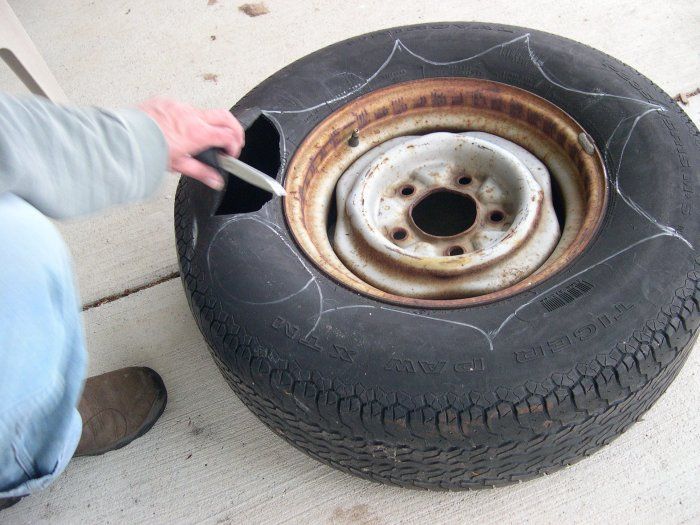 Make sure your vehicle is suitable for burnout. It must have enough horsepower. For this, such machines are usually suitable, in which the number of cylinders in fact is more than four, which are equipped with a manual transmission. And for a greater effect, smooth tires are also needed, which have a large area of \u200b\u200bthe so-called contact patch with the asphalt surface, which can give out a lot of effective smoke.
Make sure your vehicle is suitable for burnout. It must have enough horsepower. For this, such machines are usually suitable, in which the number of cylinders in fact is more than four, which are equipped with a manual transmission. And for a greater effect, smooth tires are also needed, which have a large area of \u200b\u200bthe so-called contact patch with the asphalt surface, which can give out a lot of effective smoke.
*If your vehicle is equipped with an automatic transmission, the use of burnout slip is strictly prohibited. It will lead to the destruction of the transmission and costly repairs to the car itself.
II. Engage first gear, then fully depress the clutch and gradually begin to increase engine speed. In a quick but smooth motion, start releasing the clutch pedal while still pressing on the gas.
Attention!!! To prevent the speed from going into the red zone, work with the gas pedal very carefully, you do not need to press it all the way to the floor. The ideal technique is shown in the following video (1.00 minute video). Play with the gas pedal, alternately pressing it harder, then weaker, while constantly keeping high, but also safe for the engine speed !!!
The ideal technique is shown in the following video (1.00 minute video). Play with the gas pedal, alternately pressing it harder, then weaker, while constantly keeping high, but also safe for the engine speed !!!
The average range of these revolutions should be between 3500 - 4500 thousand rpm. On modern vehicles, this range is closest to peak torque.
With the clutch fully released, place your left foot on the brake pedal. In order to press with the right force with your left foot on the brake pedal, some practice is required. From the first time (and sometimes from the tenth) it is very difficult to do this.
Braking force must be more than sufficient, and this is necessary so that the rear wheels of the car continue to turn freely, while the car itself remains in place or continues to move very slowly forward.
Attention !!! Trying to do a burnout for the first time will, of course, be initially unsuccessful over and over again, and this will continue until you learn to feel the smallest nuances of the car's behavior.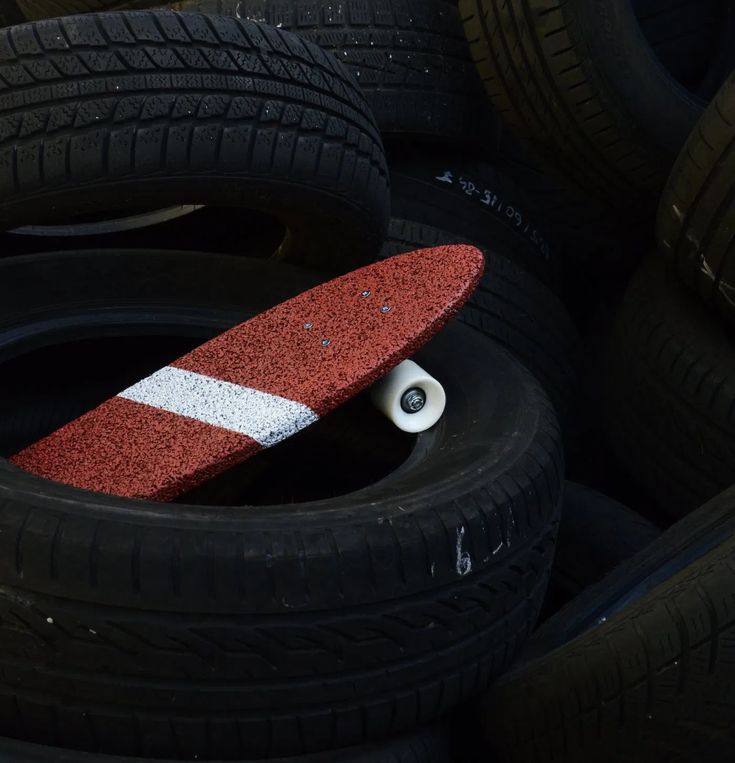 In this case, there is a possibility of overheating of the clutch itself, up to its failure. So try to keep an eye on unusual and foreign smells that appear in the car interior, as well as on the behavior of the car itself, when you turn on the gearbox and squeeze the clutch, exactly at the moment the clutch discs converge!!!
In this case, there is a possibility of overheating of the clutch itself, up to its failure. So try to keep an eye on unusual and foreign smells that appear in the car interior, as well as on the behavior of the car itself, when you turn on the gearbox and squeeze the clutch, exactly at the moment the clutch discs converge!!!
III. Burnout is somewhat easier on front wheel drive than on rear wheel drive. To do this, you need to hold the parking brake, then raise the engine speed and just as smoothly and quickly release the clutch pedal. As a result of such a fast (almost instantaneous) increase in the speed of rotation of the front wheels, the car will not go forward and will not stall; remaining in one place, he will begin to release long-awaited and long-awaited puffs of smoke from under his tires.
Front wheel drive is much easier to burnout. But at the same time, there is one important nuance, namely: the handbrake of the car must be in good working order, it must be able to hold the car in one place.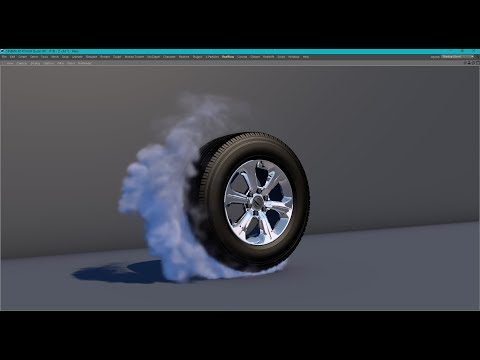
IV. If the car does not have enough power for such experiments, then in this case, the connoisseurs have some tricks in store that help one hundred percent to break the wheels of the car into slipping.
1. Lighten your car, especially for rear wheel drive vehicles. There should not be anything superfluous in the trunk, not even a spare tire. Before you drive to the site, you need to take care of this in advance. The axle of the car will unload a little and it will be easier for her to break the wheels into slip.
2. Burnout Rolling back at low speed with the clutch depressed, you do almost everything the same as in previous times. Release the clutch, then press the gas, but no longer press the brake. As a result of the action of multidirectional forces, one of the forces will be directed downward, and the engine force will be directed in the opposite direction, that is, it will pull up and the car in this case will remain in place without the brakes being pressed.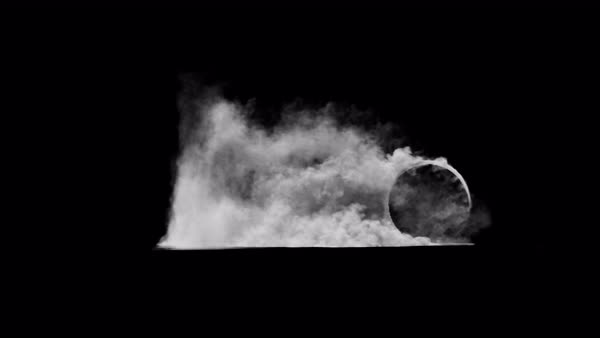
3. Try this first on a wet surface. Grip on asphalt will be much weaker than it could be in dry weather, and this will definitely increase your chances of success.
V. And in conclusion. To reduce stress on the brake system itself, use the Brake line locking system, i.e. blocking. After installing it on the car and pressing the button, it will automatically turn off the rear brakes. This will simplify your task and keep the car in its original technical condition.
And a snack for all readers: Fail and Win compilations of burnout.
Many car owners are faced with the situation when thick smoke comes out of the exhaust pipe of a car. In some situations, this phenomenon is temporary and associated with external factors. But in most situations, such an effect will scare the motorist and make you seriously think about engine diagnostics.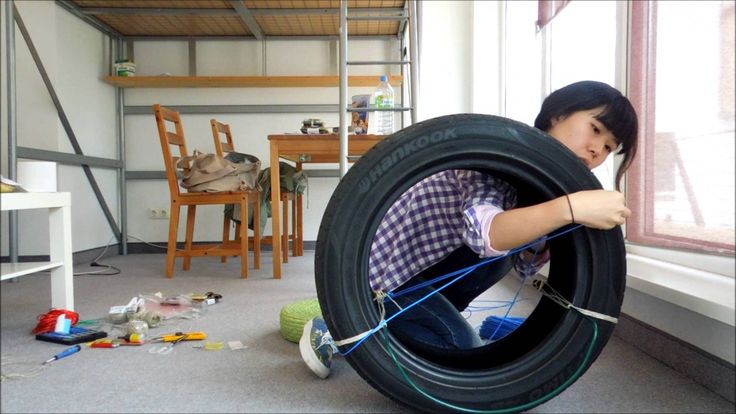 Unfortunately, it is almost impossible to accurately identify potential problems with millet based on signs (such as color or density of exhaust). In most cases, you will be forced to contact the service station. In today's publication on our website, we will list the most popular causes, as well as tell you how you can quickly understand whether fatal breakdowns are the basis of smoke. If the exhaust in your car has become sharply smoky, thick and has acquired an unpleasant smell, this will not always be a reason to prepare for significant expenses.
Unfortunately, it is almost impossible to accurately identify potential problems with millet based on signs (such as color or density of exhaust). In most cases, you will be forced to contact the service station. In today's publication on our website, we will list the most popular causes, as well as tell you how you can quickly understand whether fatal breakdowns are the basis of smoke. If the exhaust in your car has become sharply smoky, thick and has acquired an unpleasant smell, this will not always be a reason to prepare for significant expenses.
There is an opinion that this situation indicates the wear of the power unit. Many experienced motorists will tell you that if the engine is smoking, it's time to get ready for a major overhaul. But what if the car drove only a couple of tens of thousands of kilometers or lived from the salon for only 2 years? It is unlikely that the cause of thick smoke was a serious breakdown. Exhaust is much thicker on older cars than on newer cars.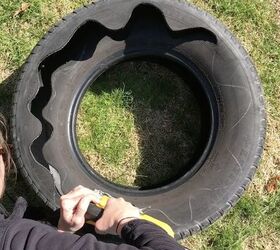 It really has to do with wear and tear. But if the problem came abruptly and unexpectedly, you need to find another reason. There can be a lot of options for problems, so it’s worth dividing this sign into several possible variations in exhaust color. The less natural the car behaves, the more trouble it can end up with a detailed check of the condition of the motor.
It really has to do with wear and tear. But if the problem came abruptly and unexpectedly, you need to find another reason. There can be a lot of options for problems, so it’s worth dividing this sign into several possible variations in exhaust color. The less natural the car behaves, the more trouble it can end up with a detailed check of the condition of the motor.
In most cases, car owners with the first frost or with the first autumn morning humidity run to the Internet and look for what to do if the exhaust has become thick. White smoke indicates that steam is coming out of the exhaust pipe. White or translucent exhaust may be due to condensation in the muffler elements. Condensation is inevitable in the exhaust gas system during the cold season, this condensate comes out in the form of steam from the pipe, there is nothing wrong with that.
There are several features with white smoke:
The higher the humidity outside, the denser the steam will come out of the exhaust pipe, the smoke will seem just impenetrable, but this does not indicate any problems;
Particularly high smoke density is visible during warm-up in the final stages of this process, immediately upon start-up, smoke is practically not visible, since the system has not yet warmed up enough;
The lower the temperature, the more the steam will change, acquire new shades, at -20 degrees outside, the exhaust gases become gray and quite dense;
If the intensity of thick smoke does not decrease after warming up, you will have to check the engine for tightness of all systems, as a lot of steam comes out of the exhaust pipe;
A common cause of very thick white smoke is that antifreeze or water poured into the engine cooling system gets into the combustion chamber, this is a serious problem, it is better to turn off the engine.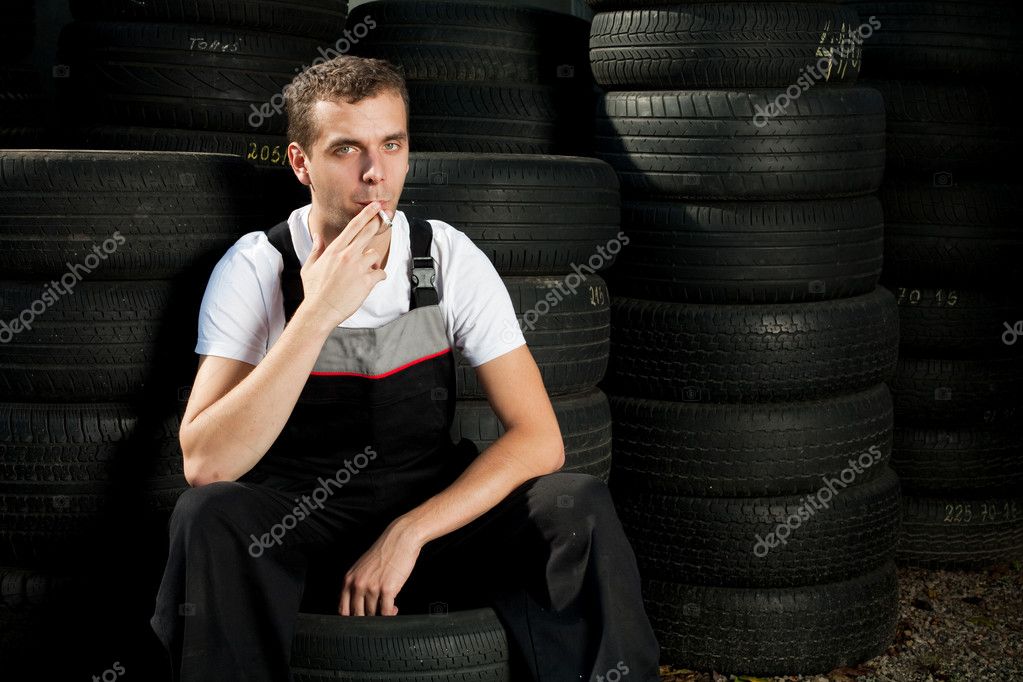
The last cause given is the most serious possible problem if the machine emits a lot of white steam. Dismantling the cylinder head and inspecting the condition of the gaskets will help fix the problem. But not always such repairs will be difficult and expensive. Perhaps you just need to replace the gaskets, and your engine will run briskly again without leaving a whole puff of white smoke behind. The steam dissipates quickly. But if a dense cloud of unpleasant colors remains from your car in the air, it is worth moving on to the next sections of the article.
Blue exhaust is usually typical of worn out powertrains. In such engines, oil enters the combustion chambers and burns out. It is from the burning of the oil mixture that smoke occurs with a bluish dense smoke. This is not steam, a cloud of such exhaust will hang in the air for a very long time, and its smell will be typical, as when burning fuel mixtures in open containers. The smell of burning is an important sign that it was oil that burned in the combustion chambers of the engine in your car.
The smell of burning is an important sign that it was oil that burned in the combustion chambers of the engine in your car.
A small oil smoke test can be done:
Take a blank white sheet of paper - an A4 sheet with nothing printed on will suffice;
· Start the engine and wait for the maximum volume of unnaturally colored exhaust from the machine pipe;
· Place a sheet of paper so that the smoke from the exhaust pipe falls directly on the sheet, blowing over one side of it;
Next, hold the paper for about 30-40 seconds to get the surface wet and get some streaks;
visually assess the condition of the sheet and check whether it has greasy streaks, oily spots;
Dry the sheet on a radiator or just on a windowsill, evaluate the degree of oiliness of the spots that have formed on it.
If oily streaks or smudges are clearly visible on the paper, you are experiencing wear on the power unit. Very often in this case, a good master will recommend a major overhaul.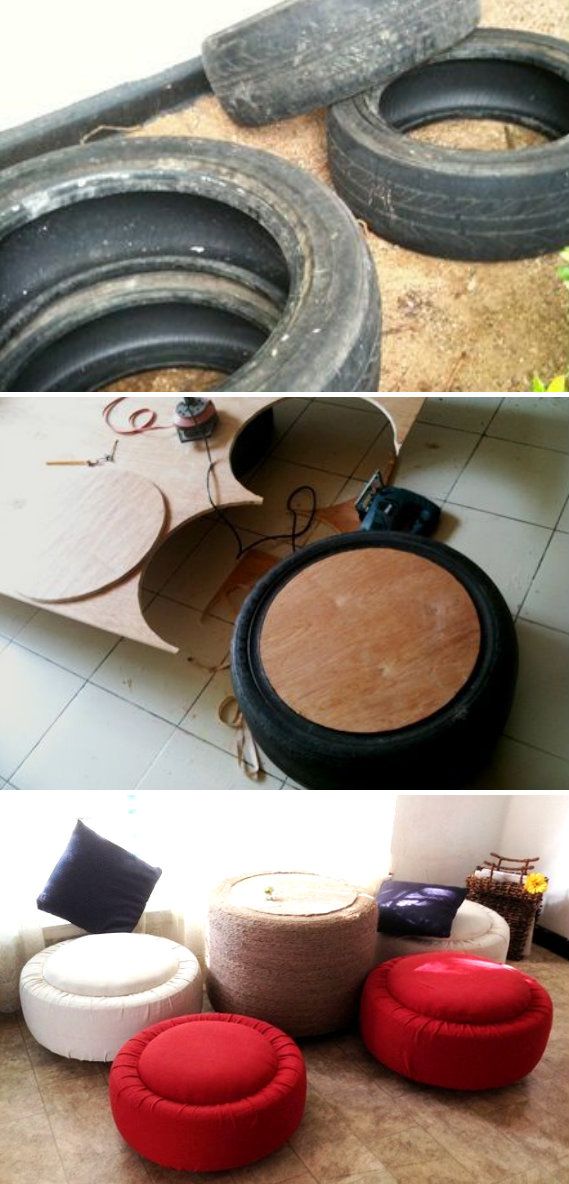 But there may be other reasons. You need to look at what could be the ways oil gets into the combustion chambers. Perhaps you just used low-quality oils, which is why they penetrate into parts of the motor that they should not go into. In any case, a quality diagnosis is required. It’s not worth driving with such indicators, as the catalyst will quickly fail - it will simply clog and begin to show a variety of problems.
But there may be other reasons. You need to look at what could be the ways oil gets into the combustion chambers. Perhaps you just used low-quality oils, which is why they penetrate into parts of the motor that they should not go into. In any case, a quality diagnosis is required. It’s not worth driving with such indicators, as the catalyst will quickly fail - it will simply clog and begin to show a variety of problems.
The black color of the exhaust is different from the first two situations. In this case, there may not be a malfunction, but the problem may turn out to be very simple - low-quality fuel. It is after refueling at unverified gas stations that many car owners begin to complain about black exhaust. Contrary to popular belief, black smoke from a car's chimney doesn't mean it's time for a major overhaul. Both petrol and diesel cars only emit a lot of black smoke if there is a problem with the fuel mixture. Typically, this effect means re-enrichment of the fuel.
Typically, this effect means re-enrichment of the fuel.
Features to check are:
fuel - pay attention or change gas stations to make sure diesel or gasoline is not the culprit;
Sensors - Run computer diagnostics to determine if all sensors in the fuel mixture system are working properly;
Throttle valve - it is quite possible that the black smoke of the car is due to the fact that the damper is clogged and does not pass the required amount of air;
air filter - this element, if clogged, may not allow enough air to pass through and simply prevent a normal mixture from being prepared;
Catalyst - A clogged exhaust aftertreatment device can easily produce black smoke when the automation tries to unclog the system;
EGR - If your car has this valve, it can also cause annoying black exhaust when the engine is under load.
You can deal with the problem in more detail only when considering the situation individually. It should be noted that in diesel vehicles, the problem of dark, abundant exhaust may be the result of a breakdown of the high-pressure fuel pump. The fuel pump simply does not supply the required amount of diesel fuel, which is why the system tries in every possible way to compensate for the loss.
The fuel pump simply does not supply the required amount of diesel fuel, which is why the system tries in every possible way to compensate for the loss.
Do not drive a car with black smoke coming out of the exhaust pipe. Fuel overflow occurs, gasoline or diesel fuel wash off the oil from the cylinder walls, which results in poor-quality lubrication. This can cause a number of problems with the motor in your car.
Manufacturers of various automotive chemicals offer a huge range of different additives that promise us a million kilometers, minimum smoke, maximum fuel economy and other semi-magical possibilities. There are special packages of additives in fuel or oil, which are designed to reduce exhaust smoke. At the same time, manufacturers claim that smoke of any color is reduced, smoke emissions are reduced, and the engine runs much easier.
Let's look at all the manufacturer's promises:
Smoke can be reduced if its cause is affected, and in this case there are several reasons at once, and they are completely different, so there can be no universal means;
How any fuel additive can "patch" a leak between the combustion chambers and the coolant or oil circulation system, no engineer can say;
· There is no magical means that would remove all the condensate from the exhaust pipe without smoke, when heated, the moisture will still turn into steam and be thrown out through the outlet;
If the engine is already worn out, the additive can temporarily reduce exhaust smoke, but this will not lead to an extension of the resource, so the use of expensive chemicals does not bring real results;
For diesel cars, it is difficult to imagine chemistry that would repair a failed high-pressure fuel pump through a fuel mixture, so this option is also left to the wizards.
As you can see, additives don't help with real problems. And low-quality additives can also aggravate the situation. For example, they will dilute the already low-quality fuel and lead to the fact that the engine will “choke” altogether and will not be able to work. It is worth being as careful as possible with the use of a variety of additives. If there were magic tools that greatly improve engine performance, they would long ago have been part of the oils of leading manufacturers or elite fuel products in expensive gas station chains.
There are combinations of factors that should alert the owner of the car and make him go to a service station. If your car has a strong smoke from the exhaust pipe, and one of the factors listed below is present, it's time to sign up for a service station and do a quality diagnosis.
Main symptoms:
1. Increased fuel consumption. It is possible that the engine is worn out, but the problem may also be problems with the fuel equipment.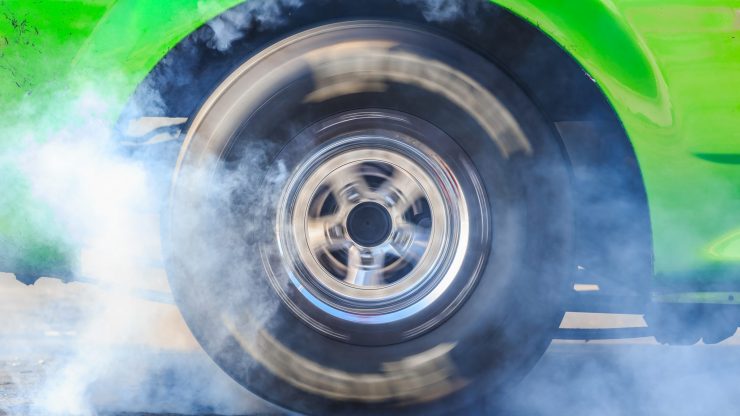 Need diagnostics.
Need diagnostics.
2. Oil consumption. Consumption of 500-1000 grams of oil per 3-5 thousand kilometers is normal. But if the consumption has exceeded liters per 1000 kilometers, it is worth being vigilant.
3. Reduced antifreeze level. Well, if the culprit began to flow in one of the pipes or radiators. If antifreeze gets into oil or fuel, nothing good will come of it.
4. Increasing smoke intensity. In this case, you need to turn off the engine and understand the situation before continuing to operate the machine.
5. Vibrations. If the motor vibrates, it is not working properly. Computer diagnostics of sensors is needed, as well as opening and inspection of parts of the power unit.
6. Detonation. Explosions in combustion chambers are clearly not good for modern units, so be careful in this case. It is better to immediately contact the service station.
7. Rough idle. RPM fluctuations are most often associated with sensors, so in this case, you need to replace the faulty automation.